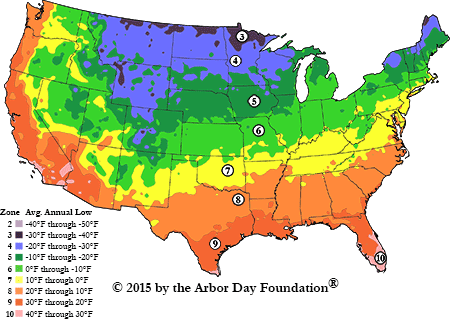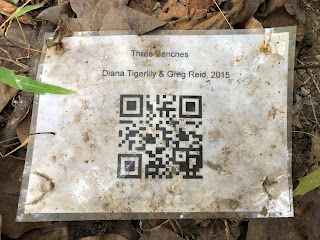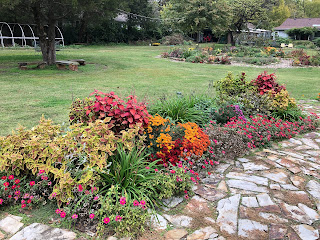I live in Zone 6. Do you know your Plant Hardiness Zone?
If not, visit the Arbor Day site. Type in your zipcode and they will tell you!
Marsh Mallow
Althaea officinalis
I already have this plant
Madwort
Alyssum
seed packet - $3.70
Scarlet Pimpernel
Anagalis arvensis
seed packet - $3.22
this actually says seeds are best sown in winter!
St. Bernard Lily
Anthericum liliago
seed packet - $3.63
Pink Sandwort
Arenaria purpurascens
Golden Star
Bloomeria crocea
Chicory
Cichorium intybus
1/4 lb seeds - $8.95
Convolvulus
seed packet - $3.49
also a good candidate for pots, as this is very invasive
(Field Bindwood
- Convolvulus arvensis)
Fringed Pinks
Dianthus monspressulanus
seed packet - $2.88
Cape Marigold
Dimorphotheca sinuata
California Poppy
Escholtzia californica
I already have some of these seeds
Gazania
Gazania
Day Lily
Hemerocallis
I already have this plant
Sweet Rocket
Hesperis matronalis
seed packet - $2.81
Orange Hawkweed
Hieracium aurantiacum
seed packet - $3.29
Cat's Ear
Hypochaeris radicata
Moonflower
Ipomoea alba
seed packet - $2.29
Morning Glory
Ipomoea purpurea
I already have some of these seeds
Vesper Iris
Iris dichotoma
Sweet Peas
Lathyrus odoratus
seed packet - $2.99
Hawkbit
Leontodon
Alaska Shasta Daisy
Leucanthemum × superbum
I already have some of these seeds
Scarlet Flax
Linum grandiflorum
I already have some of these seeds
Flax
Linum usitatissimum
this is easy to grow from whole flaxseed from the grocery store
Stock
Matthiola
seed packet - $3.01
Four o'Clock
Mirabilis jalapa
I already have some of these seeds
Water Lily
Nymphaea sp.
live plant - $7.95
Evening Primrose
Oenothera biennis
seed packet - $2.95
Star-of-Bethlehem
Ornithogalum
seed packet - $3.63
Iceland Poppy
Papaver nudicaule
seed packet - $1.99
Passion Flower
Passiflora incarnata
Moss Rose
Portulaca grandiflora
seed packet - $3.49
Night-Blooming Cereus
Selenicereus grandiflorus
Evening Campion
Silene latifolia
seed packet - $2.81
Sand Spurry
Spergularia rubra
African Marigold
Tagetes erecta
seed packet - $1.99
Dandelion
Taxacum officinale
I already have this plant
Spiderwort
Tradescantia pallida
Tradescantia zebrina
Yellow Goat's Beard
Tragopogon pratensis
seed packet - $3.15
Fig Marigold
also called Ice Plant?
I'm a little stuck on this one... I'm finding a lot of different scientific names
Postage Stamp Plant
?????
I'm trying really really hard to not buy any more books right now, but I have a nagging suspicion that she develops this garden further in the revised issue of her book, and that she may include scientific names in that one. I had to Google a lot of these plants using their common names and got some conflicting information as to the scientific names. Does anyone happen to have the updated version of Sunflower Houses?
Notes on Companies:
Botanical Interests
Plant World Seeds
American Meadows (Chicory)
Etsy (Water Lily)
This post contains affiliate links to materials I truly use for homeschooling. Qualifying purchases provide me with revenue. Thank you for your support!





































































 Immersive Experience
Immersive Experience Immersive Experience
Immersive Experience